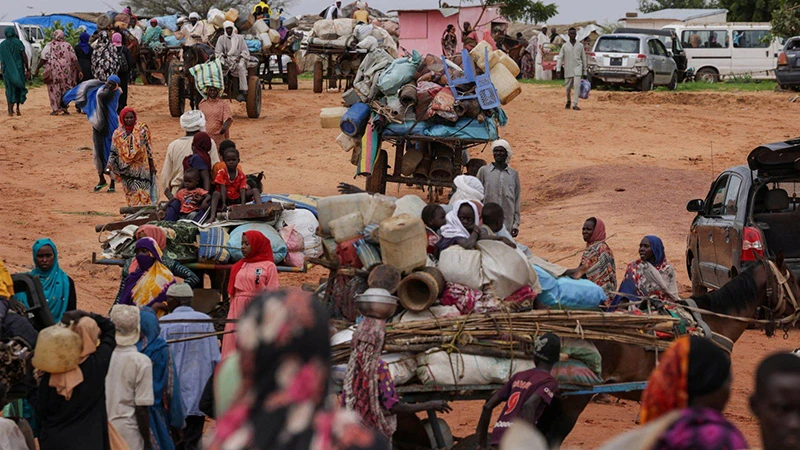
Sudanese refugees take shelter at the border area of the Republic of Chad. (REUTERS photo)
However, peace talks gradually yielded results and the Comprehensive Peace Agreement was signed in Nairobi in January 2005. The agreement allowed the two armies to remain in place and to remain in place, but the South was given six years of autonomy. This was followed by a referendum to decide the political status of the South. Oil revenues were to be divided equally. To unify the two governments , Garang was recruited as one of the two vice presidents of Sudan. Unfortunately, in August 2005 , during ahelicopter mission, the plane crashed and Garang was killed. The SPLA rebelled and caused chaos and destruction, but the situation gradually calmed down. The United Nations also helped with humanitarian relief projects and the promotion of human rights in Sudan, stabilizing the society. The unresolved issue was the sovereignty of Abyei county, with its many crude oil fields. Both the North and the South claimed the right to rule the area. In 2011, South Sudan declared its secession from the North to form its own country. The conflict in Sudan is at risk of escalating into a full-blown civil war after the ceasefire agreement between the Sudanese Armed Forces (SAF) and the Rapid Support Forces (RSF) expired on the night of June 3. Despite efforts by many world powers to call on the two sides to return to the negotiating table, the ongoing fighting has raised concerns among the international community that Sudan will become a “powder keg” that will destabilize the region. The fact that Mohamed Hamdan Dagalo and Abdel Fattah al-Burhan joined hands to maintain power for the military faction, promising to create conditions for Sudan to hold general elections by the end of 2023 and restore civilian government is just a facade.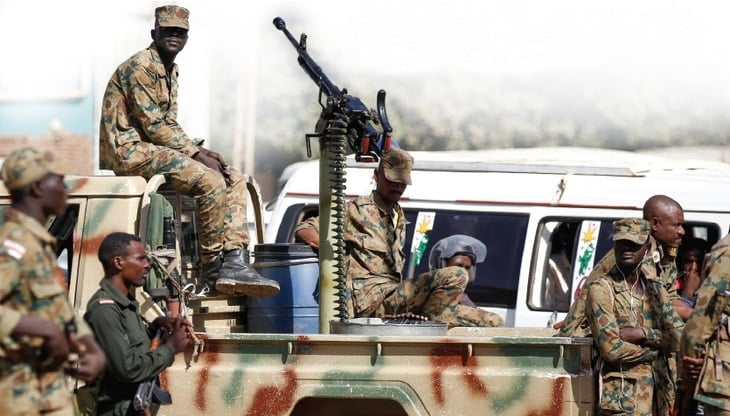
Armed conflict in various forms has persisted in Sudan for a long time since independence. Photo: AFP
In fact, the Dagalo-al-Burhan alliance has increasingly been fractured as both sides compete for a key role in organizing the preparations and sharing the post-election position. The conflict broke out when the two sides were trying to negotiate the formation of a transitional government. According to international commentators, there were many reasons for the conflict, including the fact that Mr. al-Burhan wanted to merge the RSF into the SAF within 02 years, but Mr. Dagalo wanted to extend it for 01 decade, because Mr. Dagalo did not want to transfer command of the powerful RSF force. In theory, the disarmament and merger of the RSF into the SAF would form a unified army and implement a modernization plan, an approach supported by many countries. However, Sudan's localities are not a unified bloc, but the "stage" of many autonomous armed groups. Each group is determined to gain the largest "stage" and stay safe from attacks by opponents. In addition, the fact that TMC owns a huge amount of assets thanks to exporting gold from illegal mines and commanding tens of thousands of skilled fighters, made Mr. Dagalo uncomfortable when he was only a deputy, so Mr. Dagalo clearly showed his ambition to become the one with absolute power. Therefore, the conflict on April 15, 2023 was likened to the "last straw" in the "fake but not happy" relationship between these two generals.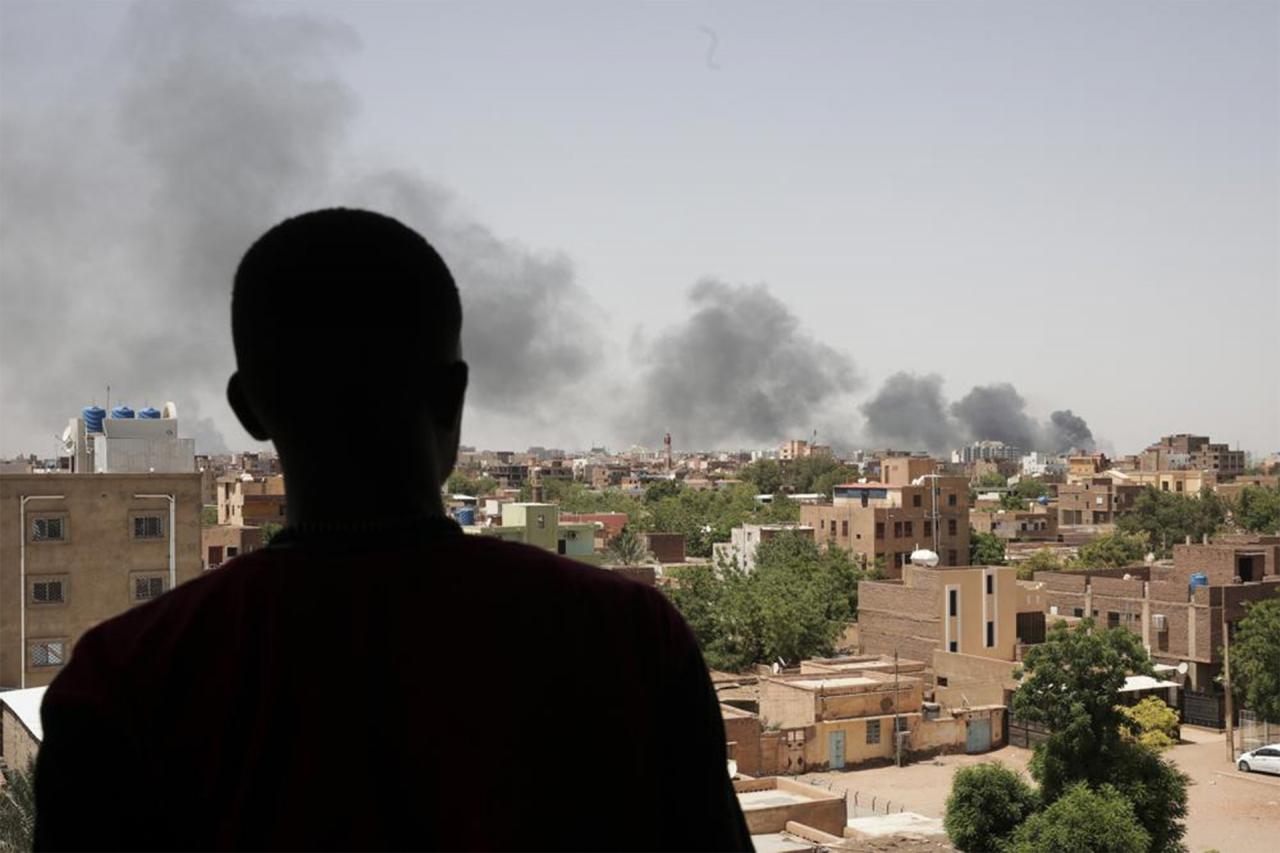
Conflict in Sudan affects neighboring countries. Photo: AP.
Sudan has been in crisis since April 15, when tensions between the army and the Rapid Support Forces (RSF) led to fighting in the capital Khartoum and other areas. Mr Griffiths said the conflict in Sudan has killed more than 5,000 people, injured 12,000 others and displaced more than 5 million people, including more than 1 million forced to flee to neighboring countries. The health system in the North African country has also almost completely collapsed, with nearly 80% of health services not functioning and more than 6 million people facing severe food insecurity. According to Mr Griffiths, the worst statistics are that about 1,200 children in Sudan have died from malnutrition and preventable diseases such as measles. In addition, there is serious sexual violence against women and girls in Sudan. According to International Crisis Group expert Alan Boswell, with its geographical location adjacent to Libya, Chad, Central African Republic, Eritrea, South Sudan - countries that are also mired in internal conflicts due to various rebel groups operating on the border, what is happening in Sudan will spread like a "fire" and directly impact these countries, especially Chad and South Sudan. Chad is a country that has received about 400,000 Sudanese displaced by previous conflicts. From April 15, 2023, the country will welcome about 20,000 more refugees and a new crisis could spill over the Chad border, directly affecting areas where refugees live. For South Sudan, the fighting has negatively affected the transport of goods and logistics from the country's oil fields to Sudan's seaports; About 800,000 South Sudanese living in Sudan are also affected, and if they “massively” return to their homeland, it could put more burden on the South Sudanese government in supporting people in difficulty. In the current context, many commentators believe that the conflict in this country is unlikely to end in a short time. In fact, this is a confrontation between two generals who know each other well and have an equal balance of forces. For many years, the SAF has been under the command of Mr. Abdel Fattah Burhan, Chairman of the Transitional Military Council (TMC), while TMC Vice Chairman Mohammed Hamdan Dagalo heads the RSF.









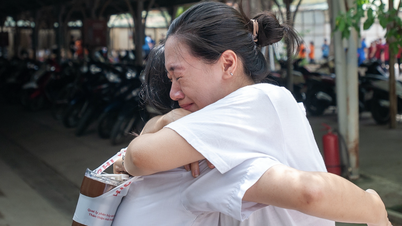



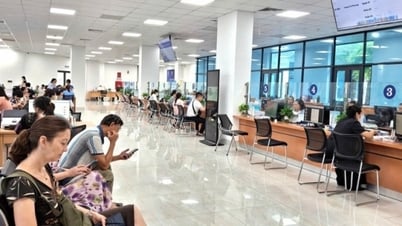







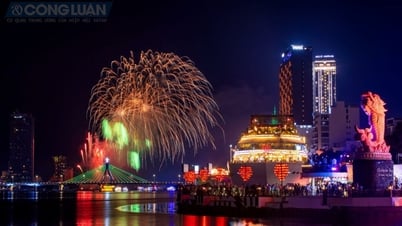
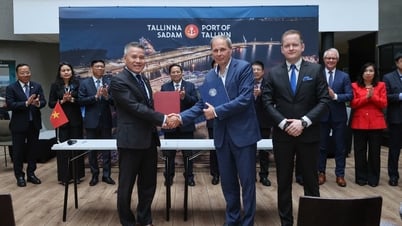

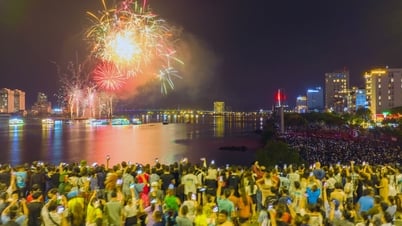



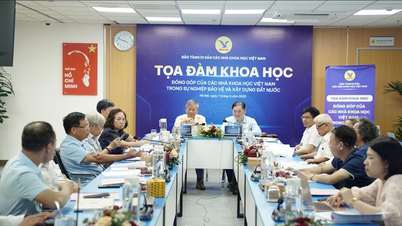






























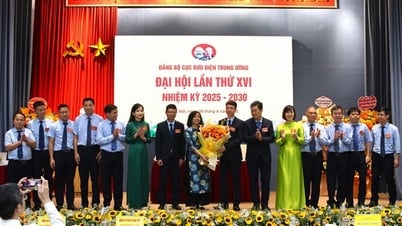












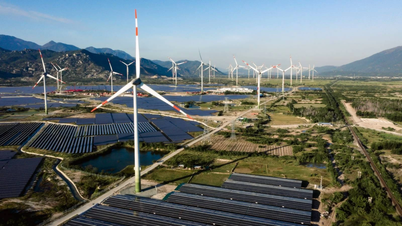
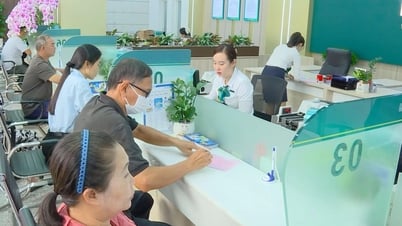








![[OCOP REVIEW] Tu Duyen Syrup - The essence of herbs from the mountains and forests of Nhu Thanh](https://vphoto.vietnam.vn/thumb/402x226/vietnam/resource/IMAGE/2025/6/5/58ca32fce4ec44039e444fbfae7e75ec)





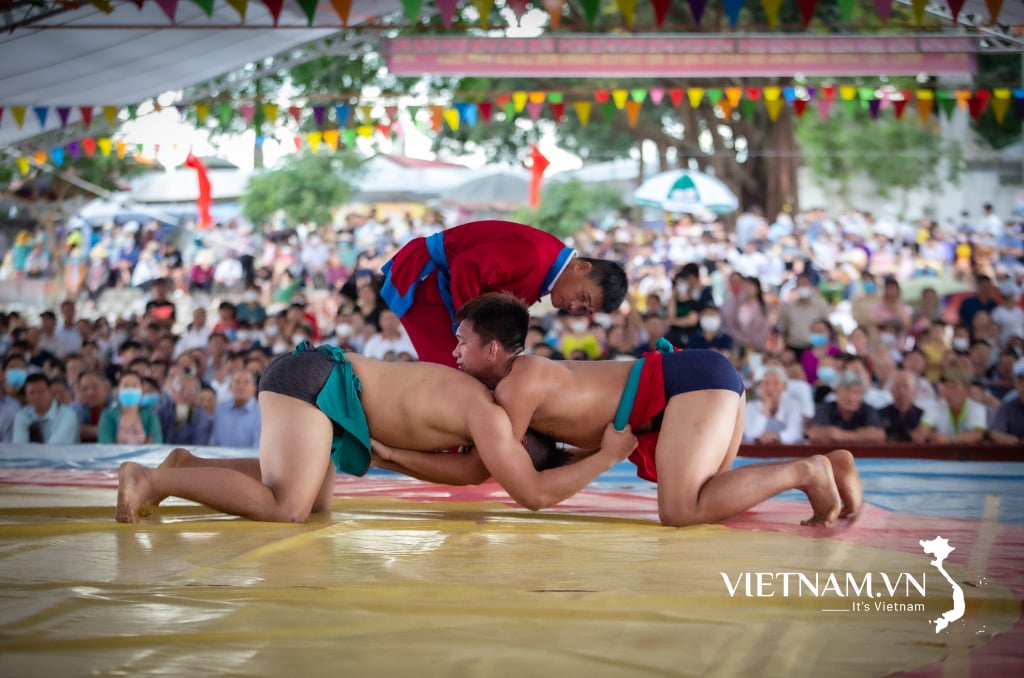

Comment (0)